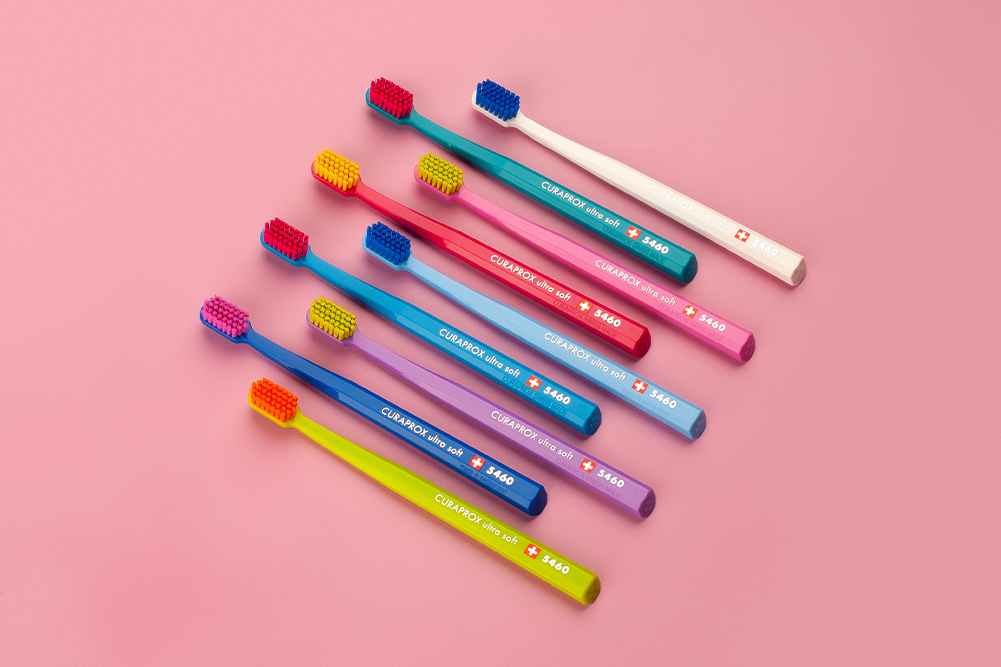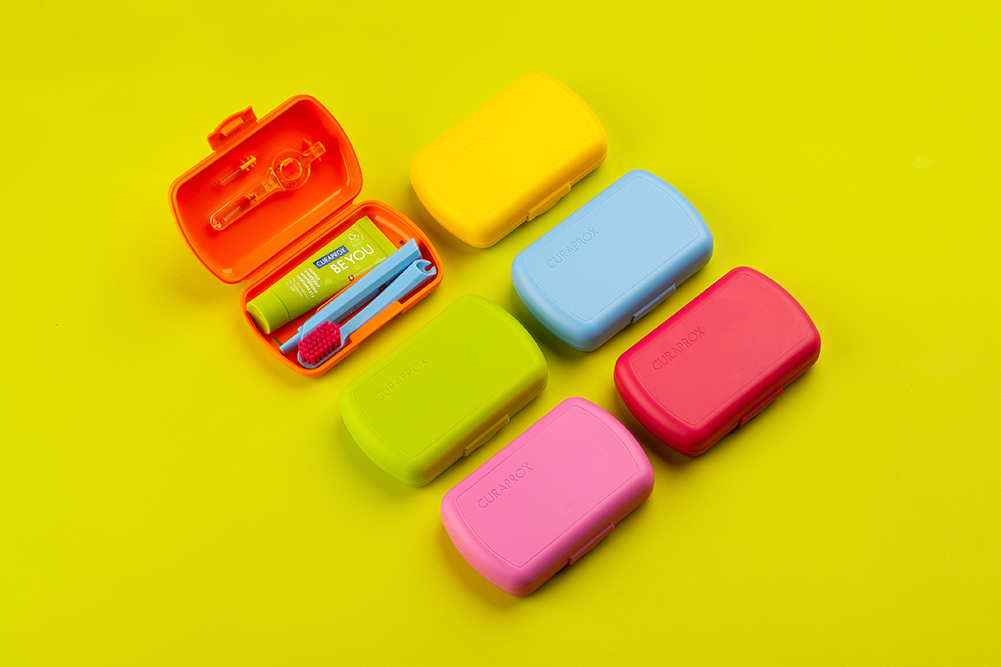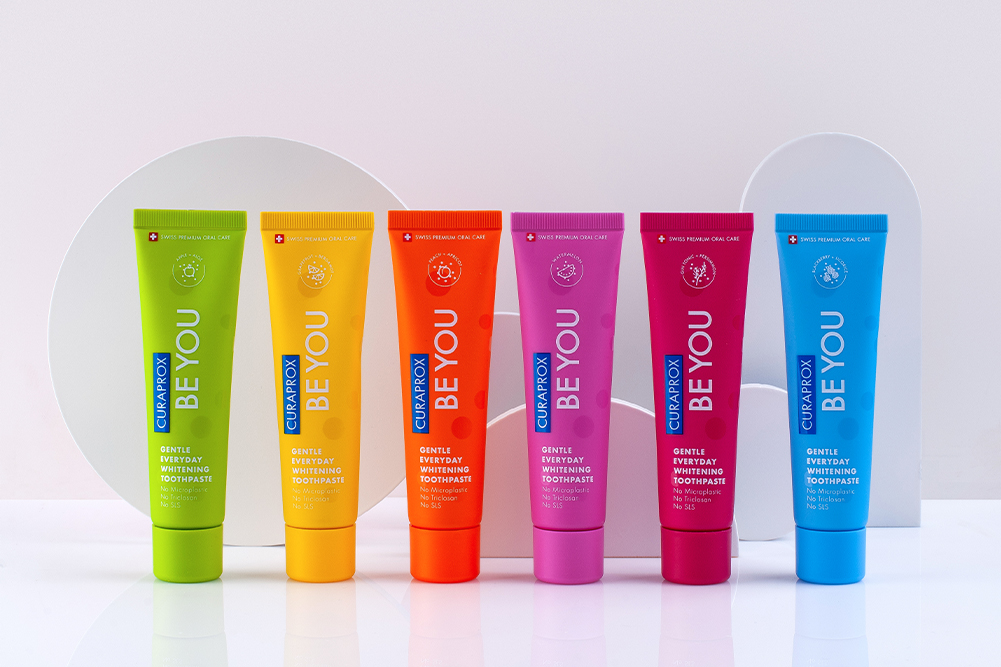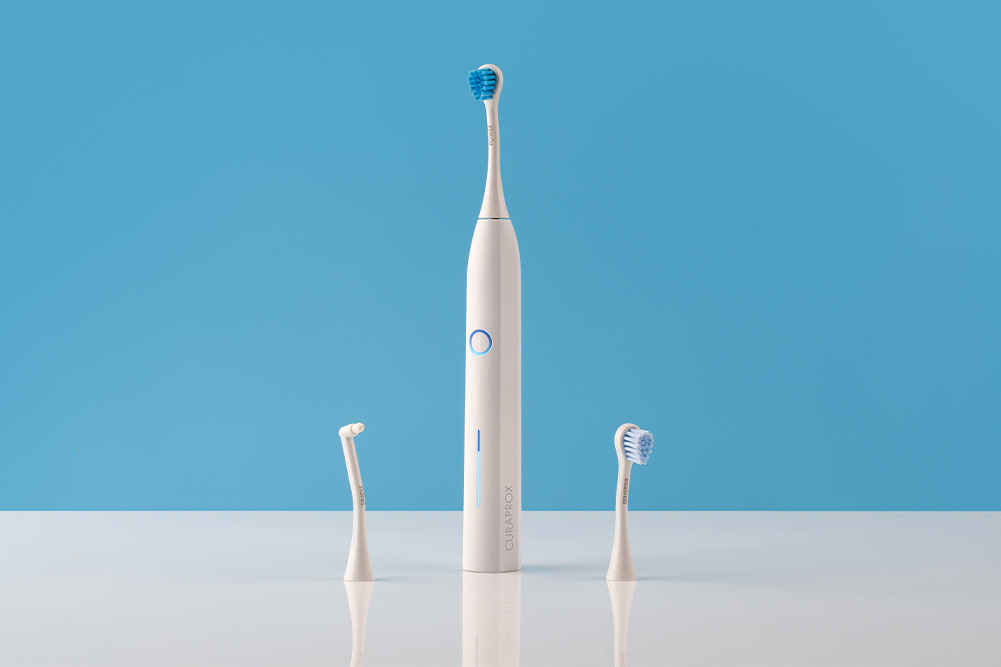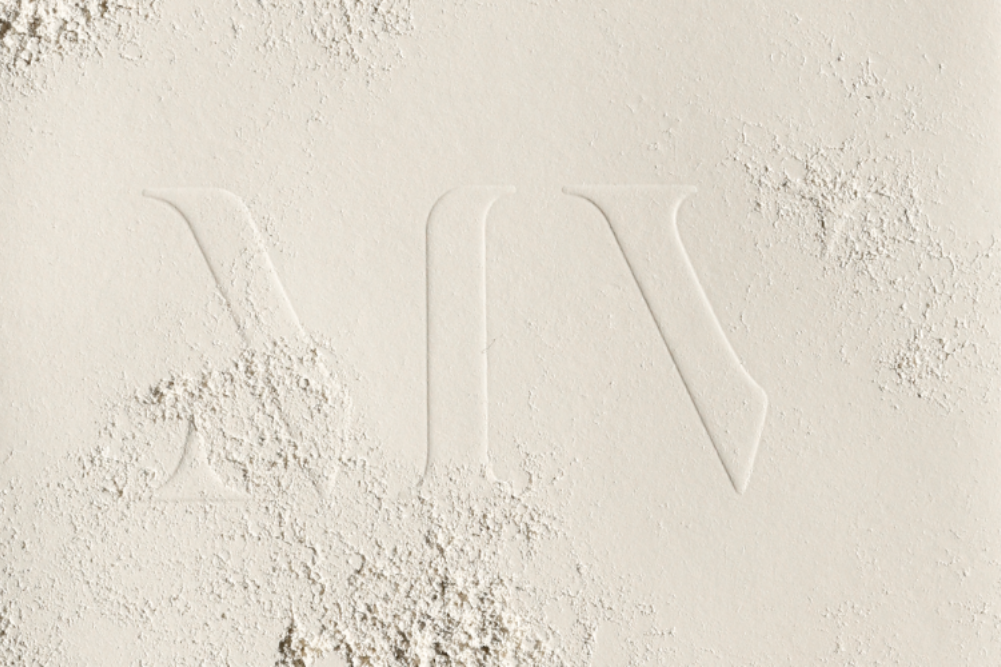Natural stretch-mark remedies
Stretch marks, or striae gravidarum, are long stripes that develop on the skin, caused by sudden stretching of the skin from rapid growth or weight gain. Stretch marks appear when the collagen in the dermis layer of your skin tears due to your skin having to stretch beyond its elasticity. This is commonly seen in pregnancy, puberty and obesity. These frustrating and sometimes embarrassing scar-like marks can develop in both men and women, but they are more common in females, occurring in around 40–90 per cent of women.
Stretch marks initially manifest as reddish, pinkish or purple-looking stripes caused by blood vessels being seen through the torn dermis. Stretch marks are most often seen on the stomach, thighs, hips, bottom and breasts.
Stretch marks appear when the collagen in the dermis layer of your skin tears due to your skin having to stretch beyond its elasticity.
Stretch marks can also be caused by weight lifting, certain medical conditions such as Cushing’s syndrome and taking some medications such as cortisone, which reduces collagen and thins the skin. Genes also play a part in their development. Athletes and body builders, who put on a lot of muscle mass in a short period of time, are also prone to stretch marks.
During pregnancy, the hormone relaxin relaxes collagen fibres under the skin, which makes the skin more vulnerable to tearing. Around 70 per cent of pregnant women develop stretch marks, particularly in the later stages of pregnancy. Women having twins are especially susceptible.
During puberty, teenagers go through rapid growth cycles, which can also cause stretch marks, typically on the shoulders and back in males and on the thighs, hips and breasts in females.
Stretch marks do fade to pale silvery-white lines over time but, unfortunately, most stretch marks will never completely disappear. There’s a variety of expensive treatments and creams available on the market that promise to treat stretch marks, although most don’t deliver good results. There are some excellent natural measures, though, that can help prevent or reduce the appearance of stretch marks.
Top stretch-mark treatments
The key to preventing or reducing the appearance of stretch marks is to keep the skin well hydrated and moisturised, and to encourage healthy collagen production in the skin.
Protein
Collagen and elastin are important proteins in the body that give your skin strength, tone and flexibility. If you are not getting enough protein in your diet, your skin will be more vulnerable to tearing and stretch marks. You also need a good constant supply of quality protein in your diet for skin repair and renewal.
Good-quality protein sources include grass-fed meat, organic chicken and eggs, wild fish, nuts, seeds, legumes and organic dairy products. Protein powders made from whey, fermented brown rice or peas are also a great way to increase your daily protein intake. Simply add a scoop to a nutritious smoothie, porridge or protein balls.
Vitamin C
Vitamin C plays an important role in boosting collagen production in the skin and is needed for encouraging tissue healing and cell regeneration. Including plenty of vitamin-C-rich foods in the diet will help improve the strength and health of the skin, which will help reduce the likelihood of stretch marks.
Top vitamin-C-rich foods include papaya, guava, strawberries, chillies, kiwifruit, citrus fruits, broccoli, capsicum (peppers), mango, parsley, kale and other dark-green leafy vegetables. Vitamin C is sensitive to heat, so eating these foods raw or lightly cooked will help maximise your intake of vitamin C from them. Supplementation is also recommended, at around 2g of the vitamin daily.
Zinc
Worried about stretch marks? Well, zinc is your friend. You need zinc for the proper formation of elastin in connective tissue, which helps prevent stretch marks.
Zinc is found in a wide variety of foods. The best food sources include seafood such as oysters and mussels, grass-fed meat, organic chicken and eggs (yolk), fish, milk, cheese and other dairy foods, legumes (soy beans, lima beans, lentils, peas), wholegrain cereals and breads, sunflower and pumpkin seeds, and pecans. Zinc is lost during the refining of grains, so always choose wholegrain varieties. Supplementation is also beneficial: take around 45mg of elemental zinc daily.
Silica
Silica is a trace mineral that’s vital for healthy skin. Silica helps boost collagen production and improves the skin’s hydration. If your diet is lacking silica, your skin will have reduced elasticity and increased risk of stretch marks. Pregnant women benefit greatly from adding silica to their diets as it helps keep their skin flexible and reduces the likelihood of stretch marks.
Having muesli or porridge for breakfast regularly is a great way to increase your silica intake, as oats are one of the best sources of this important skin nutrient. Add some banana, too, for an extra silica boost. Other good sources include green leafy vegetables, kelp, green beans, strawberries, buckwheat, mango, celery, leeks, asparagus, red radish and rhubarb. Cucumbers — particularly their skins — are also a good source, but always choose organic to avoid eating wax and pesticide residue. The herb horsetail is another fabulous source that can be taken as a herbal tablet or tincture or applied topically as a cream.
Good fats
Omega-3 fats are also very important for helping reduce or prevent stretch marks, as they help keep skin moist, soft and supple, keeping the skin elastic and less likely to tear.
The best food sources of omega-3 fats are oily fish (salmon, trout, mackerel and sardines) and some nuts and seeds and their oils (chia and flaxseeds, and walnuts). Unsaturated fats found in olive oil, avocado and nuts and seeds are also beneficial for helping to moisturise the skin and reduce the risk of stretch marks.
Gotu kola
Gotu kola (Centella asiatica) is an Ayurvedic herb that has exceptional healing qualities for the skin. Studies have found that gotu kola can help improve the appearance of stretch marks. This healing herb contains chemicals called triterpenoids, which are effective for healing wounds, reducing inflammation, boosting collagen production and strengthening the skin, making it a beneficial addition to stretch-mark and scar creams.
This herb can be taken in tablet or herbal tincture form, as a tea or applied topically as a cream. Pregnant women should not take this herb internally.
Green tea
Green tea is rich in polyphenols, namely catechins and epigallocatechin-3-gallate (EGCG), which are powerful antioxidants that slow collagen breakdown and can help regenerate ageing surface skin cells. Catechins prevent the death of fibroblasts, which are cells within the dermal layer of the skin that are responsible for making connective tissue (collagen and elastin) and supporting healthy wound healing. This makes green tea beneficial for helping prevent or reduce the appearance of stretch marks. Drinking green tea has also been shown to help boost metabolism and assist with weight loss.
Hydration
Drink plenty of water to make sure your skin is supple and well hydrated. Aim to drink around two litres of water a day. When the body and skin are well hydrated the skin will be moist, more elastic and resilient, which will help prevent stretch marks. Dry, dehydrated skin is more vulnerable to tearing when stretched. Caffeine-free herbal teas are also counted as water: try a vitamin-C-rich rosehip tea or chamomile and ginger, which are both lovely anti-inflammatory herbals.
Moisturising
By keeping your skin well moisturised, you will help keep the collagen layer of your skin nourished and supple, which will enhance its ability to stretch. Choose natural moisturising creams and oils made from natural sources such as cocoa butter, coconut oil, calendula oil, vitamin E, rosehip oil, apricot oil, almond oil, grapeseed oil, jojoba oil and wheatgerm oil. Making your own natural stretch-mark creams and oils is not only cheaper than buying commercial products, but it can be a more effective way to prevent or reduce stretch marks.
Hydrating stretch-mark oil
This is an ultra-nourishing oil to help keep your skin super-hydrated and soft. Coconut oil is a fabulous moisturiser that’s easily absorbed into the skin. This nourishing oil is beneficial for dry skin and is commonly used to help prevent stretch marks in pregnant women. Rosehips are a rich source of vitamin C, which is important for collagen production and for restoring the skin. Rosehip oil is popular in skincare products because it rehydrates and moisturises the skin. Vitamin E also helps soothe and hydrate dry skin and is recommended for preventing and treating scars and stretch marks. Wheatgerm is another good source of this important skin-nourishing nutrient.
=R1=
Stretch-mark cream
This lovely rich cream helps keep the skin soft and supple to help prevent or reduce the appearance of stretch marks. Shea and cocoa butter are both superb moisturisers that help keep the skin soft and supple, recommended for improving or preventing stretch marks. They are also both rich in the antioxidant vitamin E, which helps soothe and hydrates the skin and enhances skin regeneration. Frankincense essential oil is known for its tissue-healing properties. Frankincense and lavender are often used in stretch-mark creams and ointments.
=R2=

